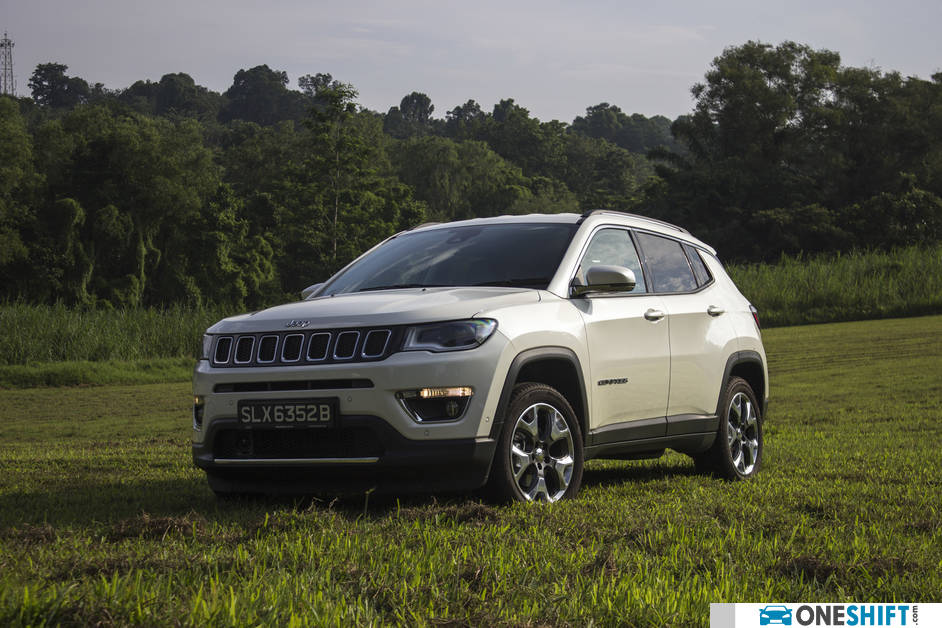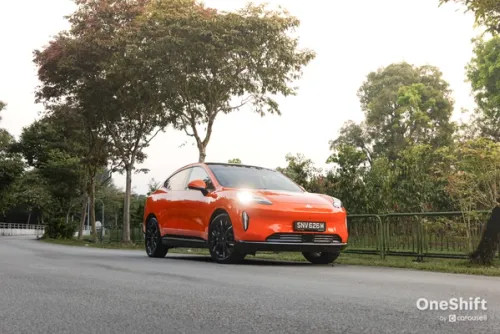5 Most Widely Used Car Platforms!
Car platforms afford automakers the luxury of offering consumers a wider selection of cars for lower overall R&D costs. This is a best-case scenario for both the consumer and the manufacturer, as the end-user gets a larger selection of vehicles to choose from that are often more generously equipped, but at a more affordable pricepoint as the R&D savings are then passed on to the customers. All auto makers have some kind of platform, and the degree to which said platform is utilised varies widely industry-wide. In this article, we’re taking a look at 5 of the most widely used car platforms in recent years!


Car platforms afford automakers the luxury of offering consumers a wider selection of cars for lower overall R&D costs. This is a best-case scenario for both the consumer and the manufacturer, as the end-user gets a larger selection of vehicles to choose from that are often more generously equipped, but at a more affordable pricepoint as the R&D savings are then passed on to the customers. All auto makers have some kind of platform, and the degree to which said platform is utilised varies widely industry-wide. In this article, we’re taking a look at 5 of the most widely used car platforms in recent years!

In joint 5th place, is Mitsubishi’s GS and Renault-Nissan’s C platform. The former, also known as Project Global, was a joint venture between Mitsubishi and DaimlerChrysler. Both automakers have applied variations of the architecture across the entire Mitsubishi and Chrysler/Dodge portfolio, though we have to argue that the GS platform has got to be the most capable platform overall in this list, spawning class-leading cars in their respective segments despite the shared ancestry. The Mitsubishi Evolution 10, Jeep Compass, and even a pseudo-luxury cabriolet in the form of the Chrysler Sebring, all share similar roots.

As for the latter, Renault-Nissan’s C platform is more vanilla and pedestrian as compared to the GS. The C is used to underpin mainly Renault-Nissan group SUVs and MPVs, and even a minivan in the form of the Renault Kangoo.
The CMF, or Common Module Family, is the alliance’s direct competitor to the Volkswagen Group’s MQB platform. You can find some variant of this across all 3 marques (Renault, Nissan and Mitsubishi) in the alliance. It has provided the spine for a wide range of vehicles, ranging from hatchbacks to large saloons, and from people carriers to SUVs of varying sizes.

Unlike the Volkswagen Group’s many marques, and thus differing pricing strategies, price savings for similarly equipped cars across the 3 brands aren’t all that significant, though the Renault Clio (hatchback), Nissan Sylphy (saloon), Nissan Qashqai (SUV) and Renault Scenic (MPV) are all solid options for their respective classes!
The PSA group has phased out their PF2 platform, but the move only came recently enough that there are many fairly-new examples of cars that use said platform as the backbone for their construction still on our roads. It has been applied across 23 different models of the Peugeot and Citroen portfolio at its peak. Mainly used to underpin hatchbacks, it has seen use in some SUV models as well.

Some examples of PF2-based cars include the sporty-looking Peugeot RCZ, all variants of the last-generation Citroen C4, and even the PSA Group’s last generation minivans!
The versatility of the PQ35, especially in the context of the VW Group, is undeniable, especially compared to its predecessors. This trait allows the Volkswagen-Audi Group engineers to use it across more models and classes of vehicles. A derivative of it, the PQ46, has been used on Volkswagen Group’s larger and more premium saloons, that includes the likes of the Skoda Superb, Volkswagen’s own Passat and associated variants, as well as their larger MPVs.

The PQ35 platform has proven its mettle; used across 18 different models, it has spawned cars such as Volkswagen Caddy Van/MPV, and up to hotter, sportier cars that include the Audi TT and Volkswagen EOS. Combined, the PQ35 and PQ46 have provided the basis for 25 different models, though if you’re shopping for the best value from this platform, do consider a Skoda Octavia if you’re looking at a practical family car, an Audi TT if you’re looking to do some spirited driving, and the Caddy MPV, if you’re looking for maximum practicality in a package that wears a German badge but with the smallest price tag!
If older and less capable platforms can be likened to an illness (which it probably is, as inefficiency is a very un-German trait!), then the MQB must be its cure-all, a panacea, if you are so inclined to call it. It replaces 2 of Volkswagen’s previous generation, but still very much capable and versatile platforms, the PQ25 and PQ35/46. They have been used to build anything from superminis to sports cars, as well as from MPVs to commercial vehicles.

As expected, the MQB has been, and will continue to be, used to underpin the same classes and models of cars from their extensive portfolio as its predecessors, so if you’re looking for German engineering but without the attached pricetag, the lowest barrier of entry will present itself as cars from the SEAT and Skoda range. As they’re less prestigious brands as compared to their German stablemates, they cost less to buy, but brand will be the only thing you sacrifice should you entertain this option, as the cars are still German engineered! Win-win in our books!
Generally, platform sharing has undeservedly earned itself a bad reputation. It really isn’t its fault though, as early attempts are simply just a badge-engineering exercise (single car but with different branding) and can prove to be a rather poor effort indeed. However, these days, it means manufacturers can get really creative, mixing and matching components across the platform to create seemingly compromise-free new cars. If you’re looking at some of the cars mentioned in this article, but would like to save some cash by opting to by nearly-new examples instead, do consider checking out our extensive used car classifieds! With thousands of cars to choose from, and with fresh listings daily, there’s definitely something for everyone!
Credits: Jek Ray Low


Get the Best Price for your used car
from 500+ dealers in 24 hours

- Convenient and Hassle-Free
- Consumer Protection
Transparent Process
With No Obligation








